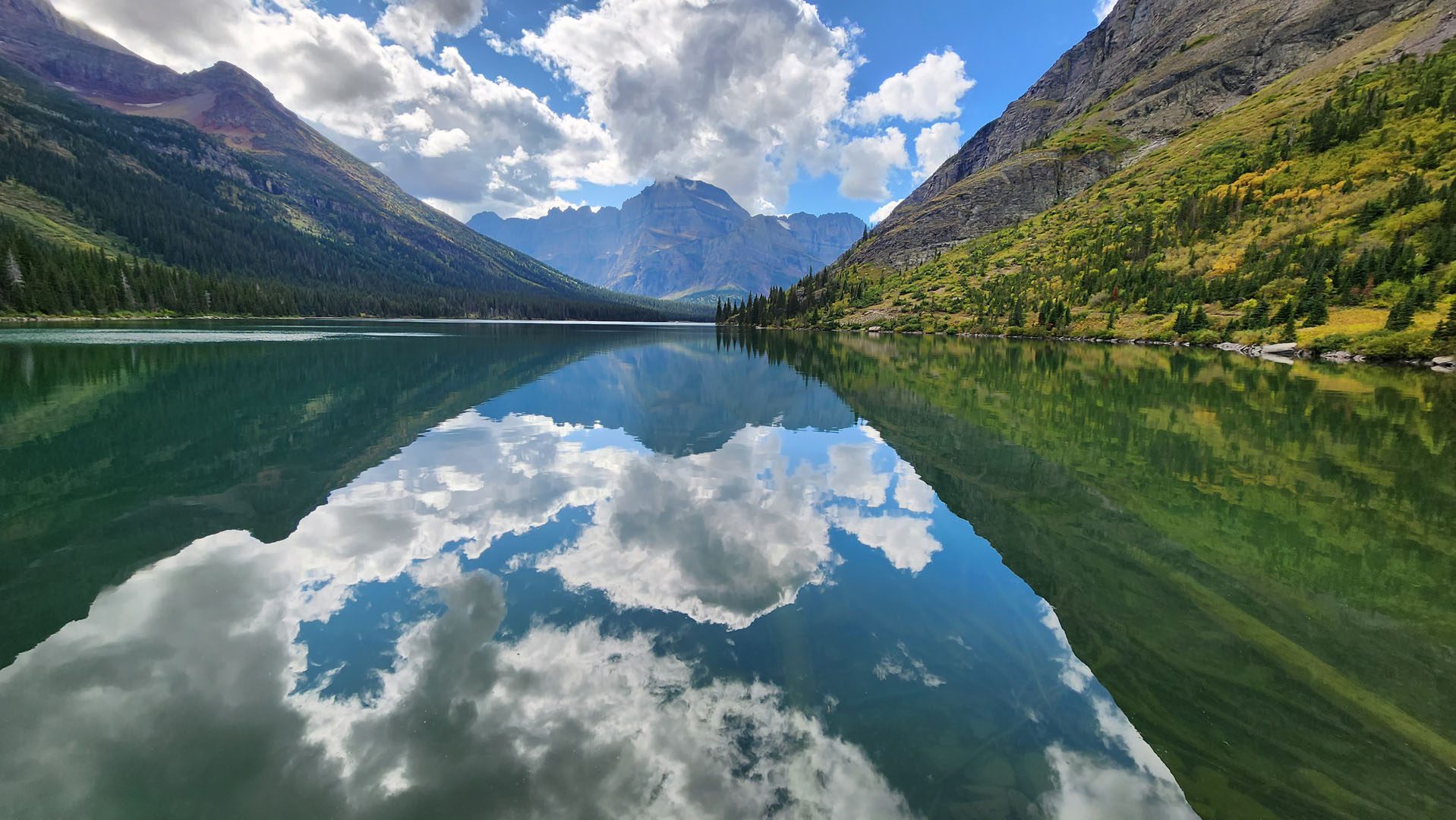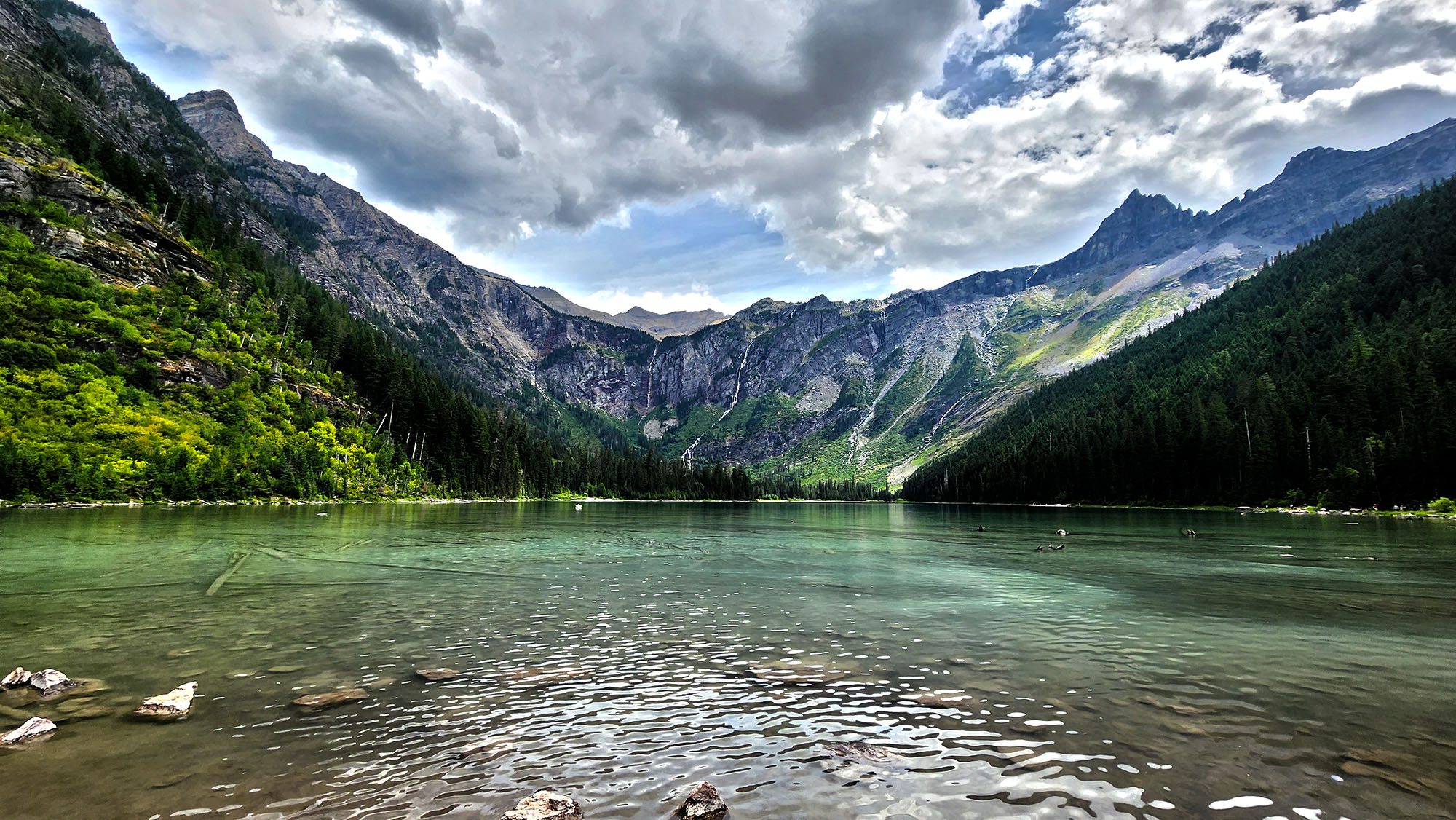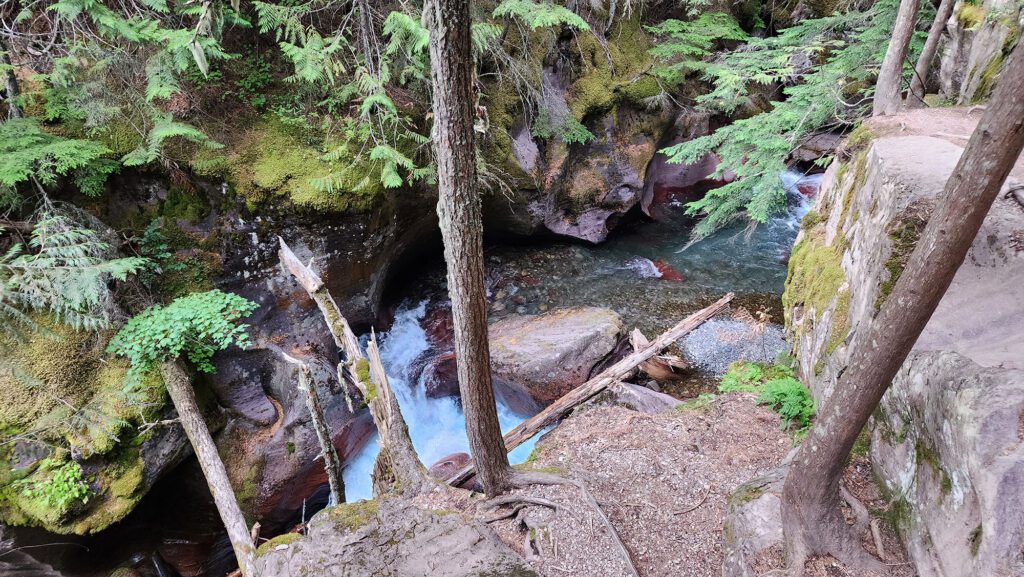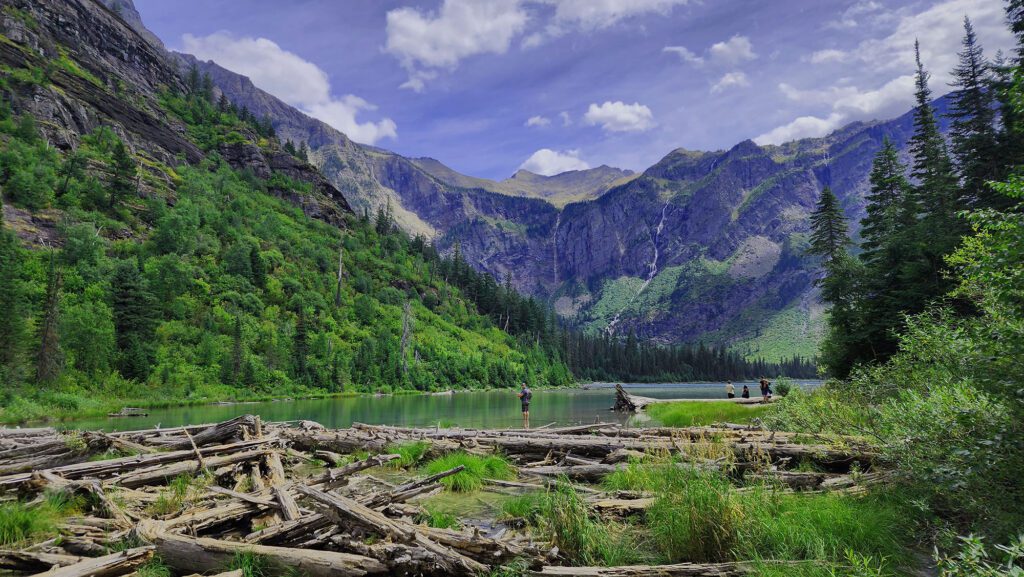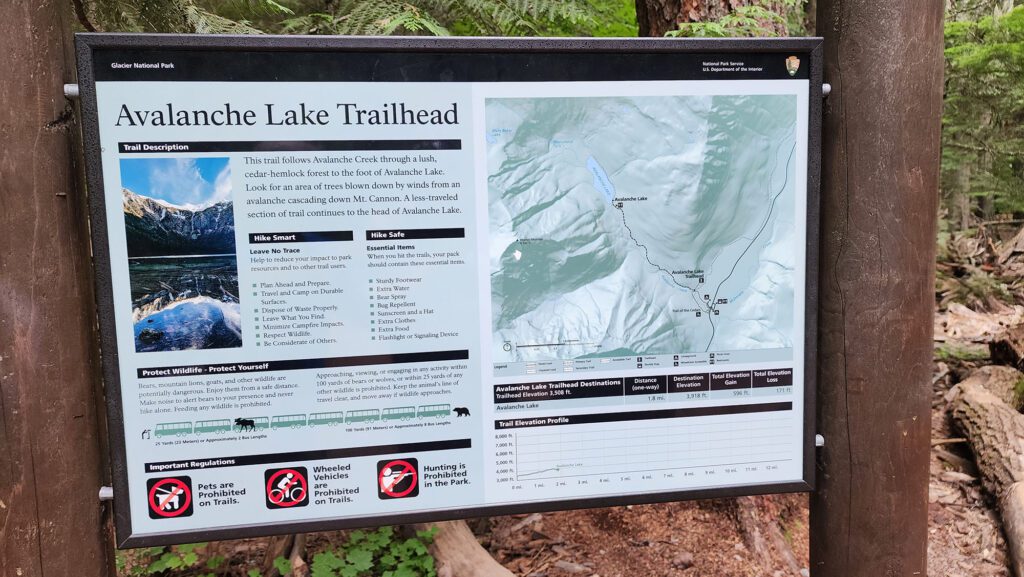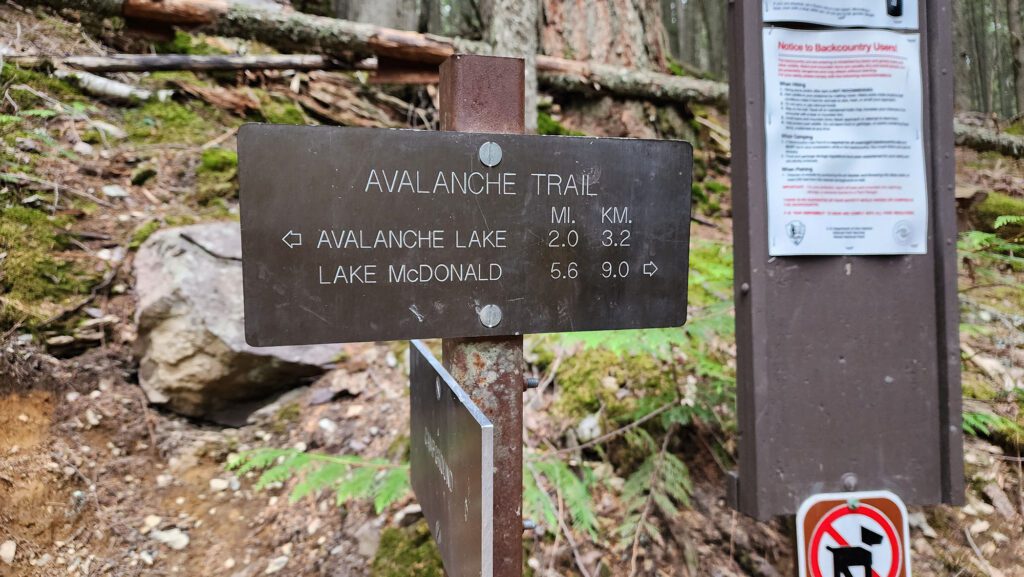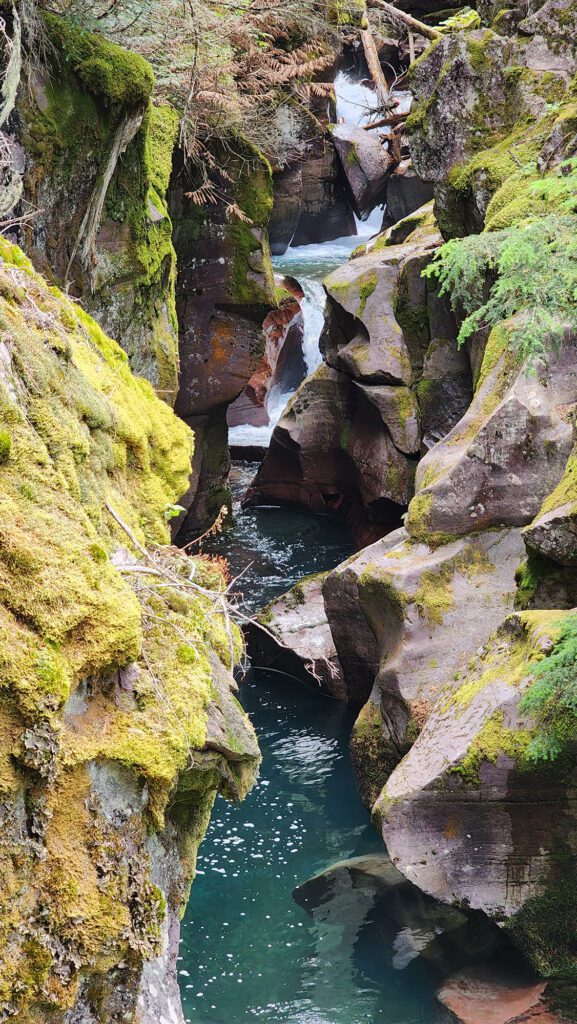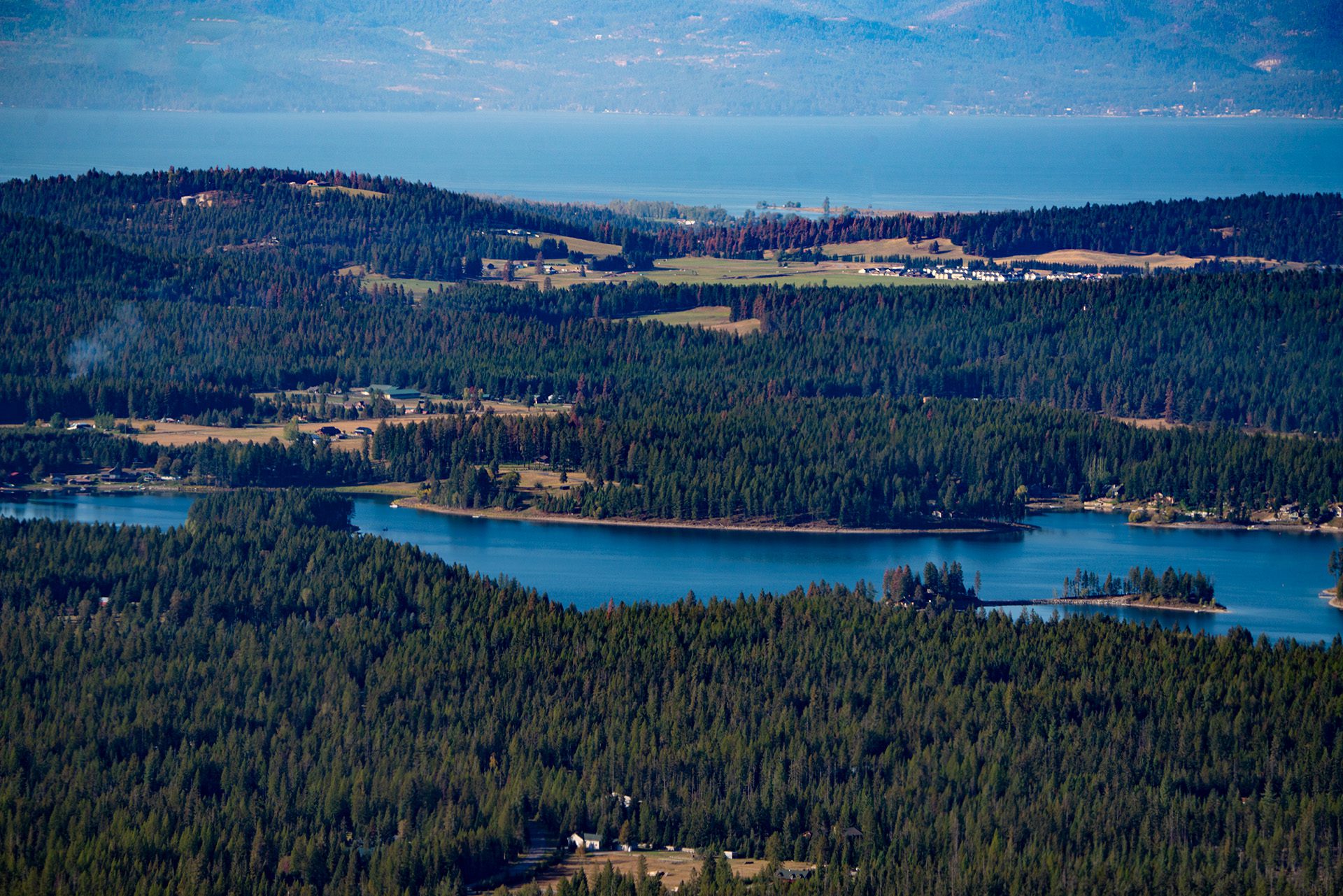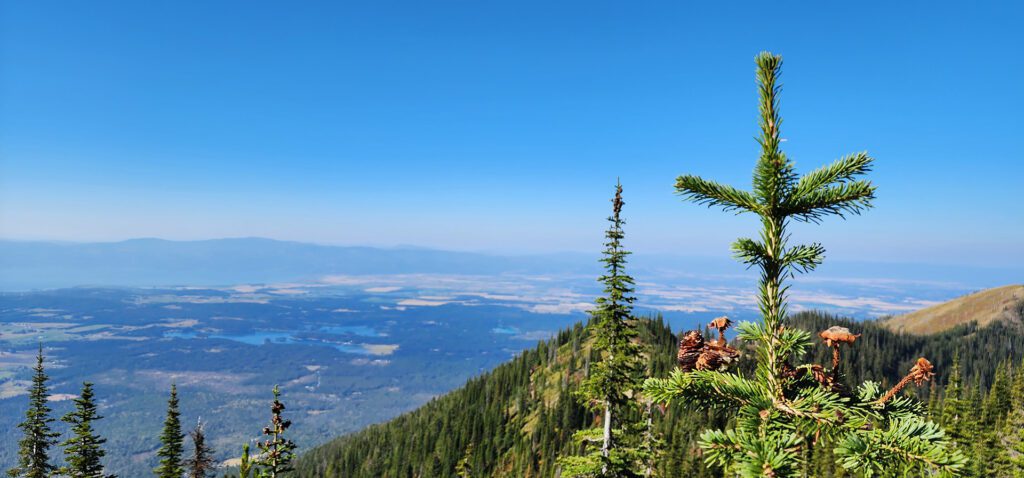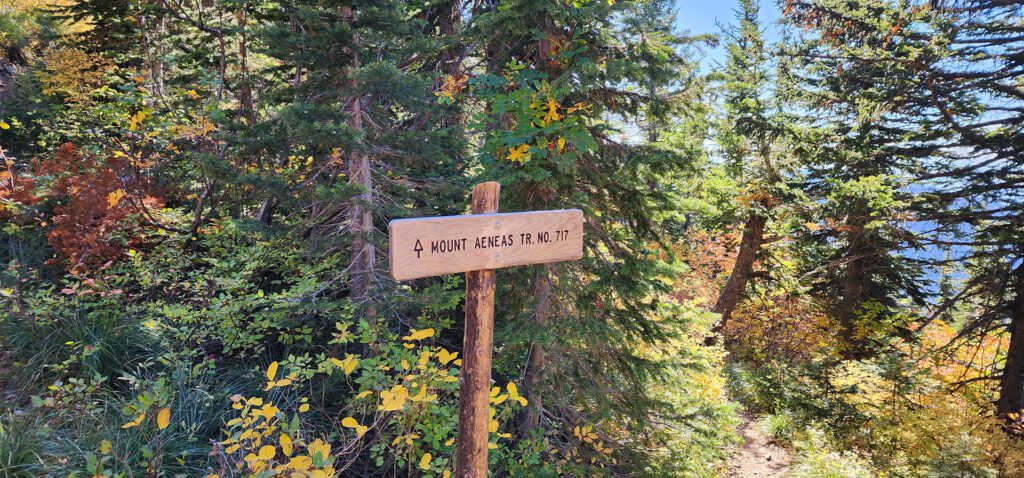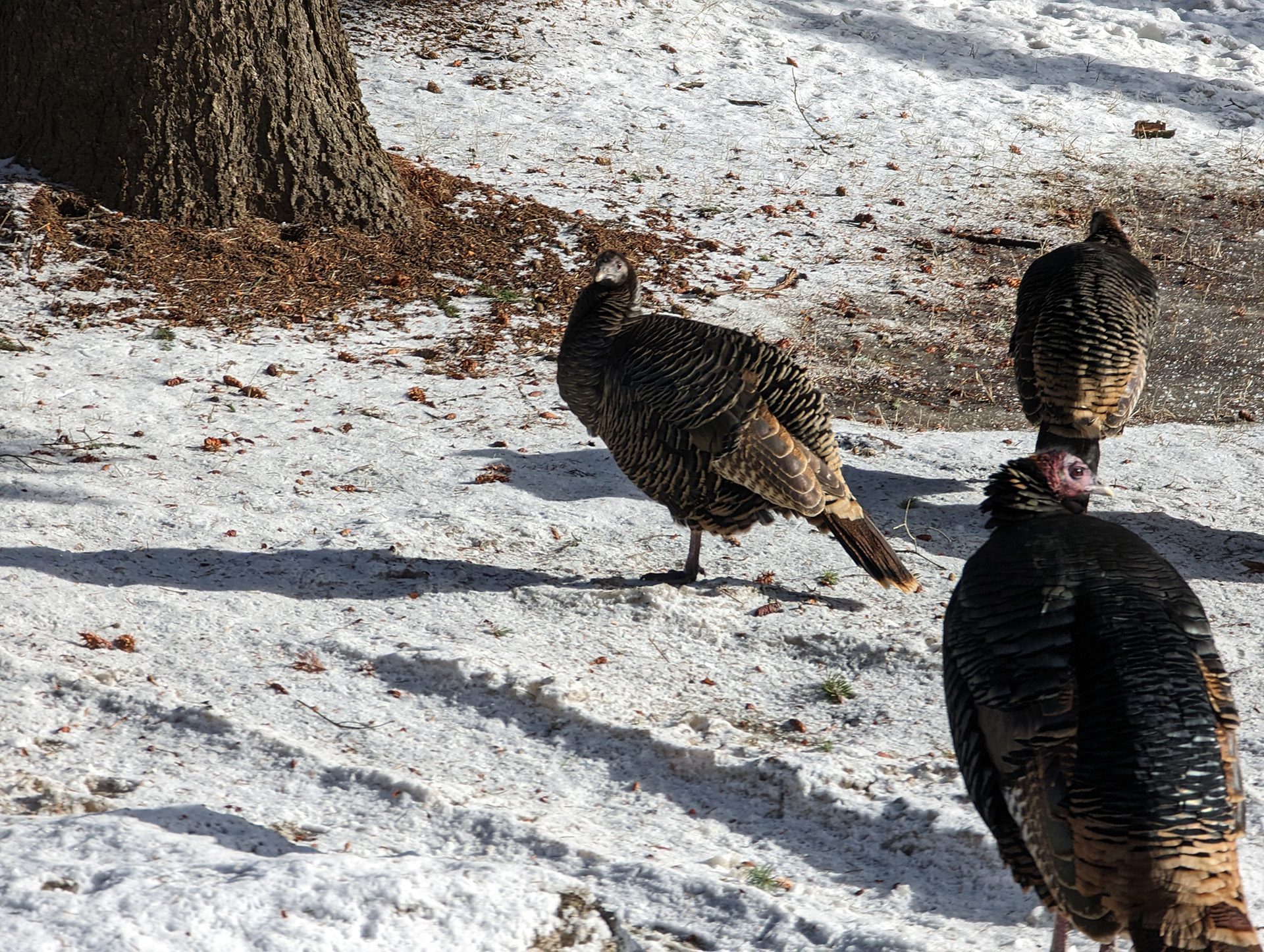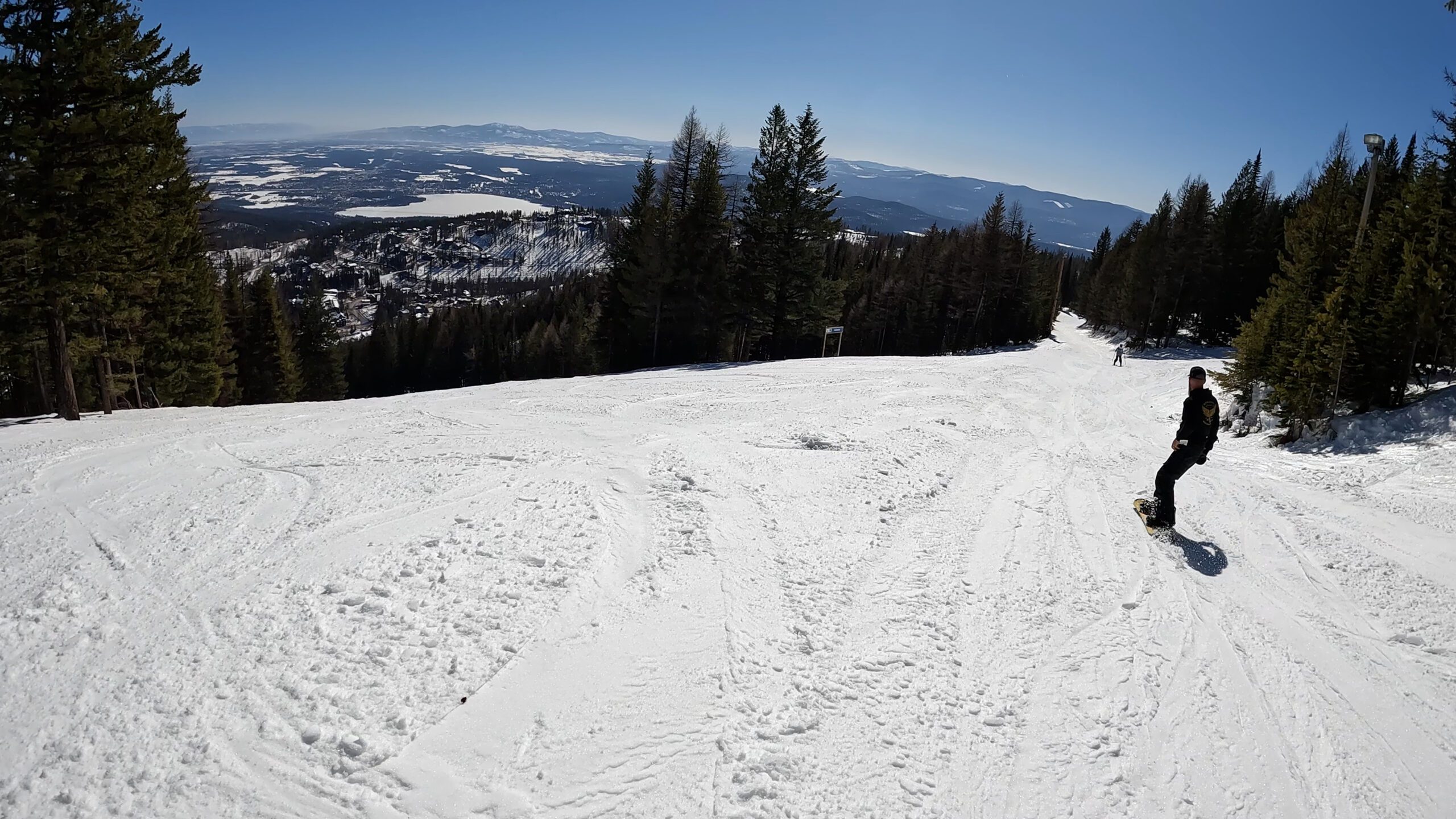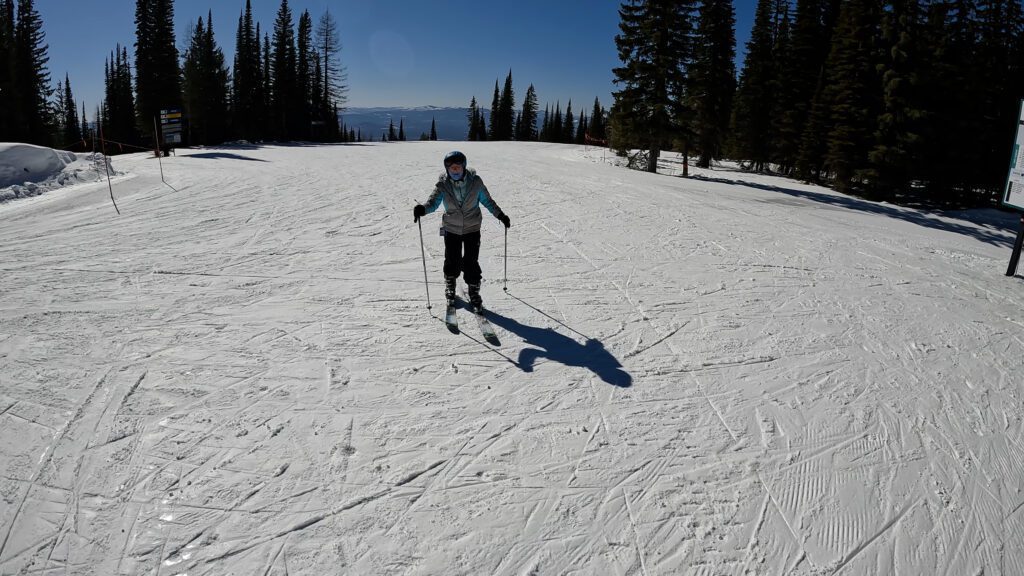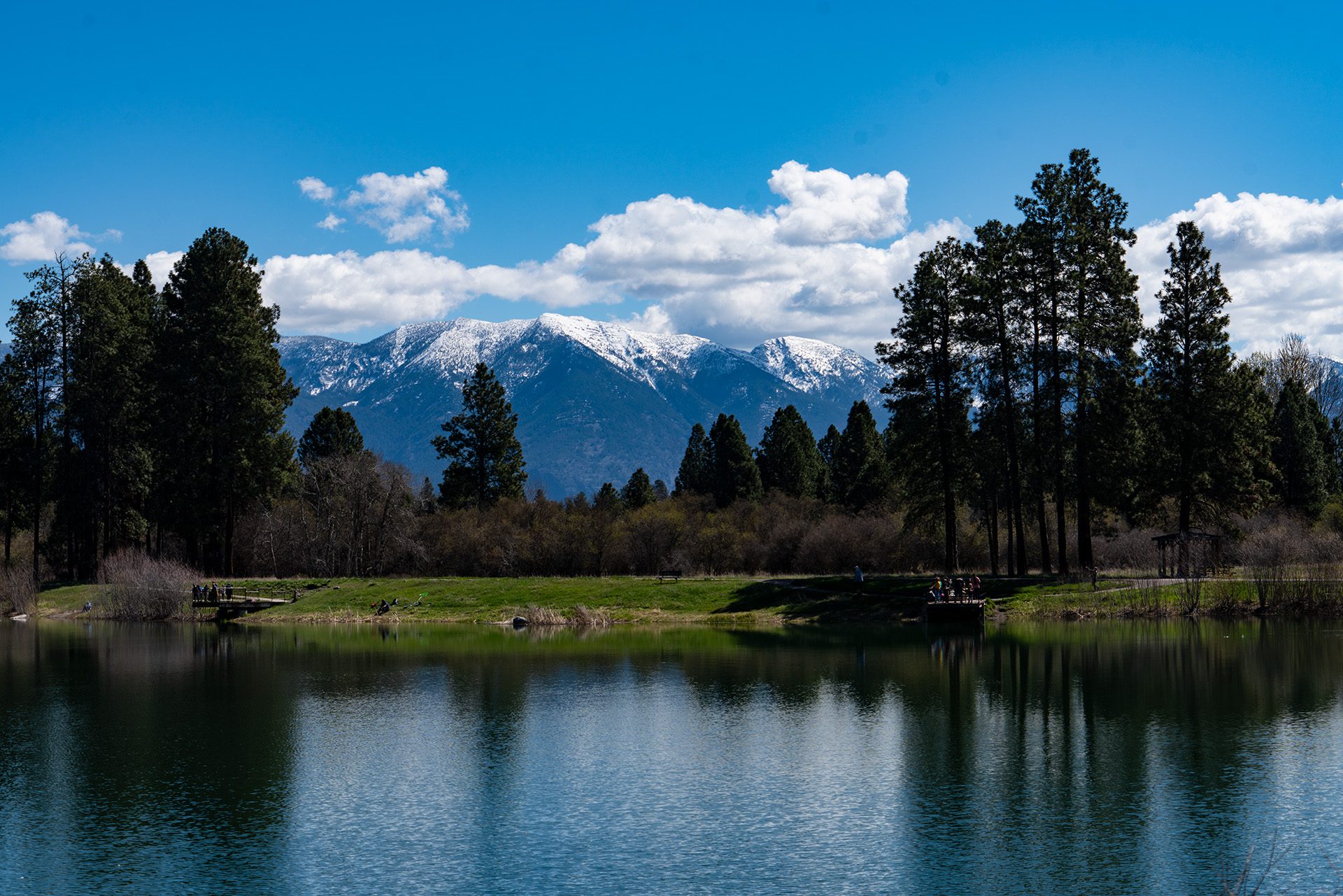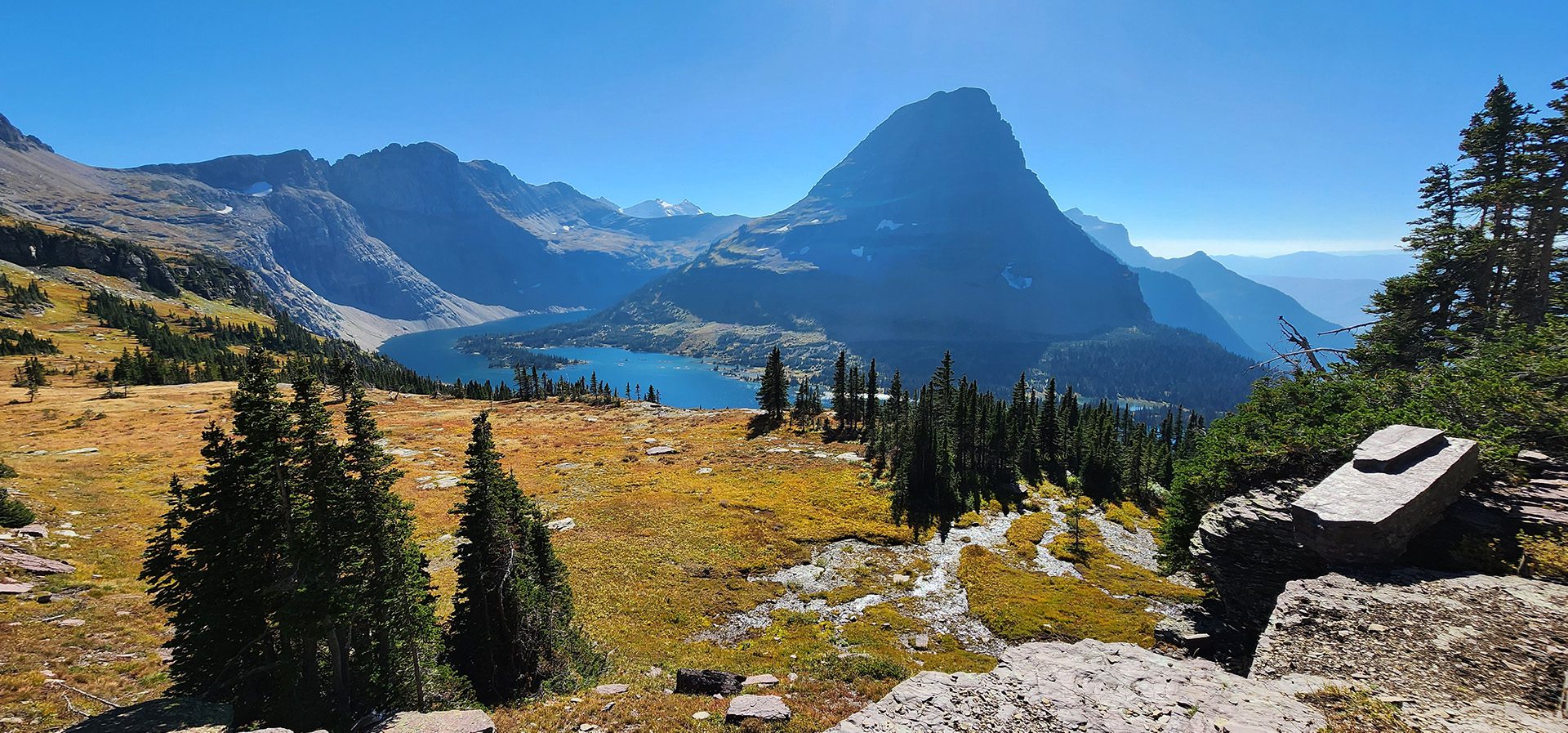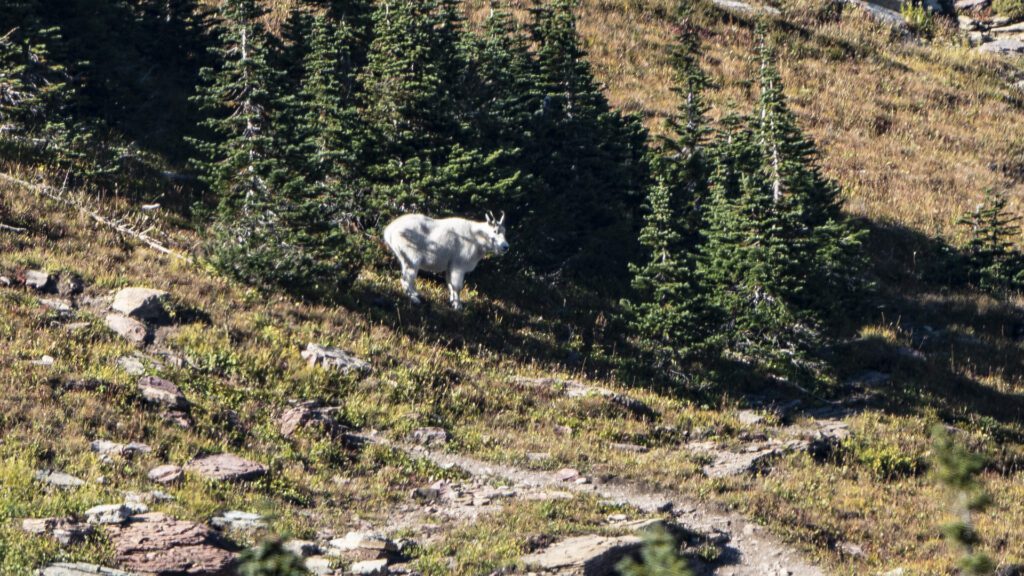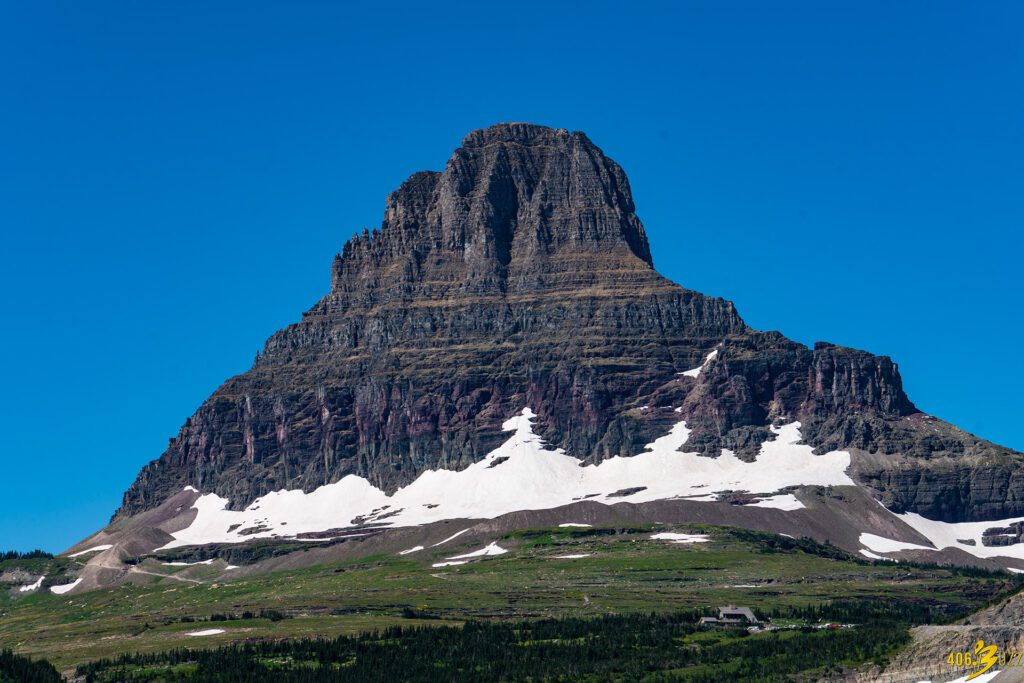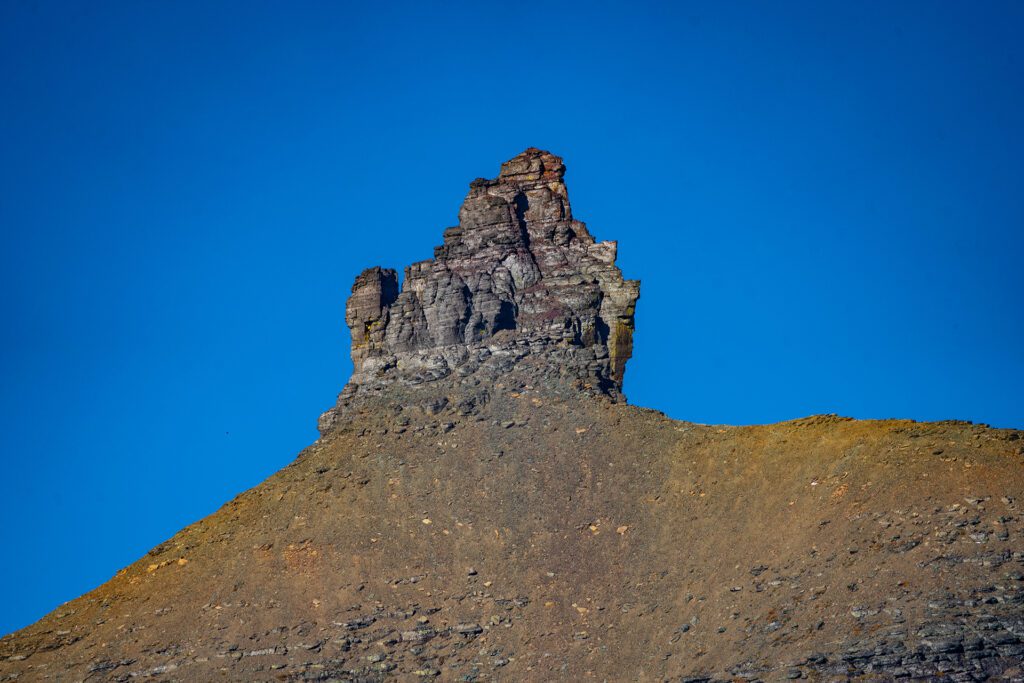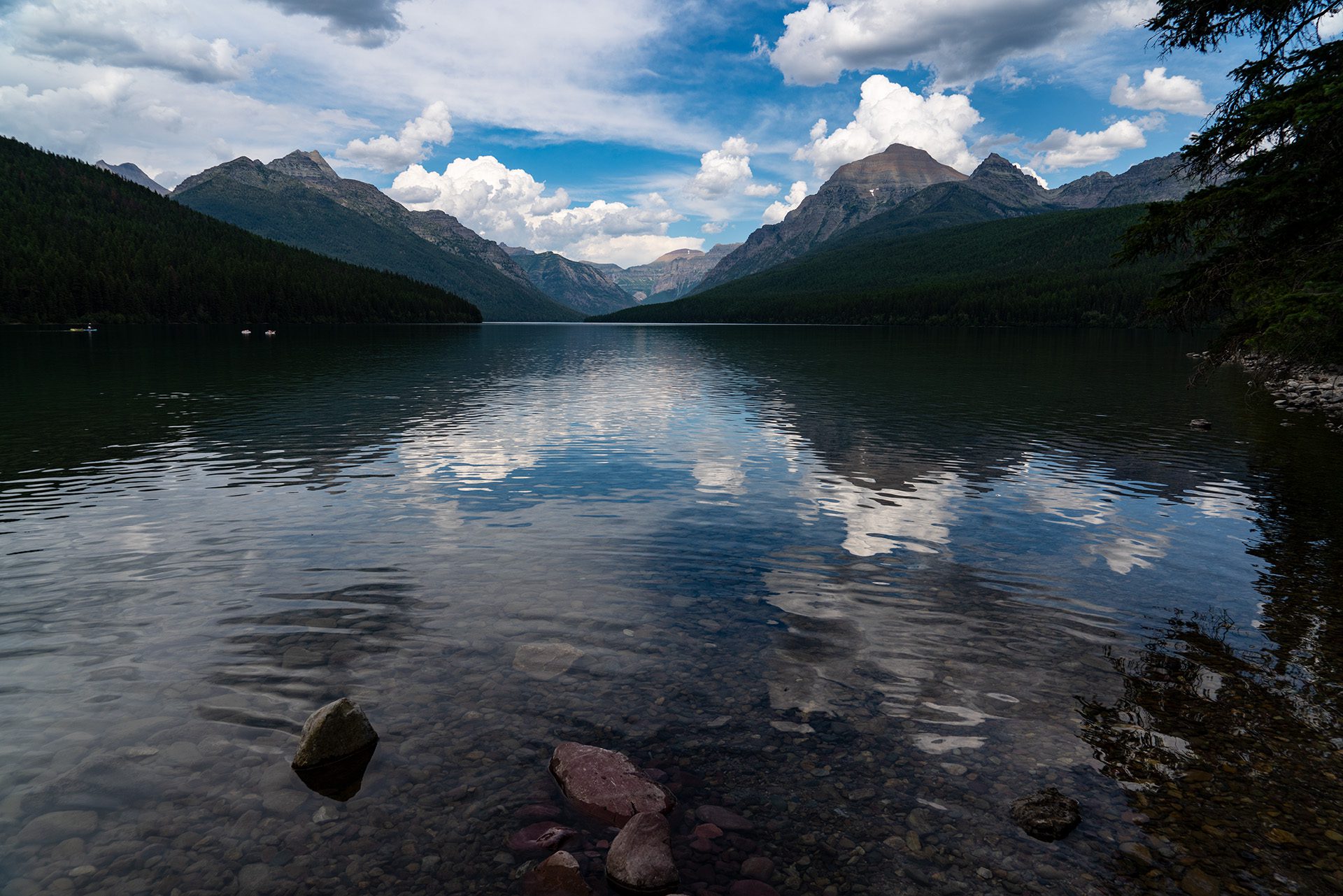Discover the Many Glacier Hotel in Glacier National Park: A Historical Treasure Amidst Nature’s Splendor
Nestled in the heart of Montana’s breathtaking Glacier National Park, the Many Glacier Hotel stands as a testament to time, history, and the untamed beauty of nature. With a legacy stretching over a century, this iconic hotel has become synonymous with the park itself, drawing visitors from all corners of the globe. Here’s an in-depth look at its illustrious past, the present allure, and exciting future plans.
History of Many Glacier Hotel
Constructed between 1914 and 1915, the Many Glacier Hotel was a vision realized by the Great Northern Railway. With its Swiss chalet-inspired architecture, it was designed to echo the alpine beauty surrounding it. Over the years, the hotel underwent several renovations, preserving its charm while integrating modern amenities.
Present Day Many Glacier Hotel
Today, the hotel stands as a beacon for those looking to immerse themselves in the park’s natural wonders. Its rustic interiors, coupled with panoramic windows, provide a seamless blend of comfort and raw beauty.
Future Plans
While the hotel continually undergoes upgrades for the comfort of its guests, there’s a strong commitment to sustainability and minimizing environmental impact. Plans for the future revolve around eco-friendly measures, enhancing guest experiences while ensuring the preservation of its historical integrity.
Activities at Many Glacier
- Hiking: As a trailhead for numerous paths, the hotel offers direct access to famous treks like the Grinnell Glacier and Iceberg Lake trails.
- Horseback Riding: Experience the park from a unique vantage point with guided horseback rides available in the vicinity.
- Boating: Swiftcurrent Lake, adjacent to the hotel, provides opportunities for boat tours or kayaking, offering serene views of the park’s peaks and glaciers.
- Wildlife Watching: From grizzly bears to golden eagles, the area boasts a rich biodiversity. Guided tours often provide the best opportunities for encounters.
Breathtaking Views and Flora
Beyond the stunning peaks and glaciers, the Many Glacier area is home to a plethora of plant species. From lush green meadows dotted with wildflowers in the summer to the golden hues of deciduous trees in the fall, nature puts on a spectacular show.
Behind the Many Glacier Hotel in Glacier National Park, you’ll find a dramatic backdrop of notable peaks that form part of the Lewis Range. Some of the most prominent mountains visible from the hotel and the surrounding area include:
- Mt. Grinnell – Named after George Bird Grinnell, this peak is one of the most iconic in the Many Glacier area.
- Mt. Gould – Dominating the skyline to the west of the hotel, Mt. Gould has the Angel Wing peak attached to its southeast ridge.
- Mt. Wilbur – Another distinct peak, Mt. Wilbur stands opposite of Swiftcurrent Lake and is easily recognizable.
- Swiftcurrent Mountain – This is a popular hiking destination, especially for those wanting to visit the historic fire lookout at its summit.
- Mt. Henkel – Situated to the north of the hotel, this peak provides a stunning backdrop to the scenes of Many Glacier.
Together, these mountains provide a stunning and iconic view that has become synonymous with the Many Glacier area. Their imposing presence and rugged beauty are part of what makes a visit to the Many Glacier Hotel such a memorable experience.
When is the Hotel Open?
The Many Glacier Hotel typically welcomes guests from June to September. However, always check in advance, as the exact dates can vary based on weather conditions and other factors.
Average Temperatures
- Spring (April – June): 35°F – 60°F
- Summer (July – August): 50°F – 75°F
- Fall (September – October): 35°F – 65°F
- Winter (November – March): 0°F – 30°F. Note: The hotel is usually closed during this period.
Conclusion
The Many Glacier Hotel isn’t just a place to rest your head; it’s a doorway to a world of natural wonder and history. Whether you’re a nature enthusiast, a history buff, or someone looking for a tranquil retreat, this iconic hotel offers a blend of past charm and present-day allure amidst the stunning backdrop of Glacier National Park.

